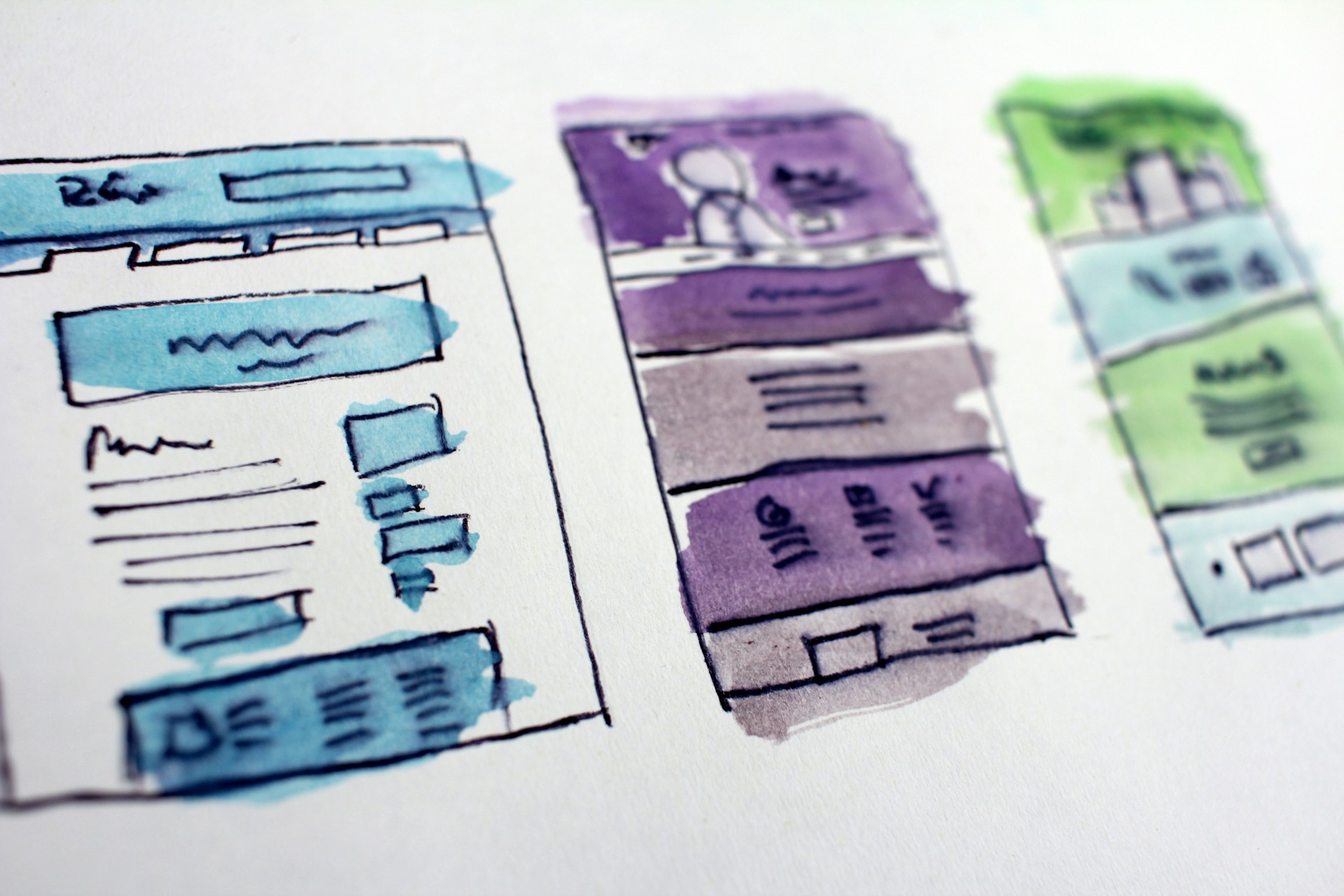Do I Need a Digital Portfolio for Edtech Jobs?
Many jobs, in particular jobs that require designing or developing content, will ask for a portfolio at some point during the application process. They might ask for the portfolio when you apply (look for required portfolio link fields in the application) or as you’re interviewing (for example, they’ll ask you to create a short presentation walking them through a project you’ve completed).
Other jobs will ask you to complete a task, within their defined parameters, sometimes before you’re even interviewed. Portfolios are different from these projects because they aren’t asking you to do new work but are instead asking you to demonstrate your skills with examples from your existing work.
If you’re in a field where portfolios are a regular part of the application process, your portfolio serves as a career narrative. Regularly updating it (every 6-12 months) with new projects as your skills develop and your responsibilities evolve is an essential part of your own professional development. That way you’re prepared for any potential opportunity but you also know your value in your current role – and can use it to advocate for promotions or raises!
Portfolios also can be used to create LinkedIn content and position yourself as an expert in your field – you can use portfolio content for short posts where you talk about how you overcame a challenge, and you can link to specific parts of your portfolio on your LinkedIn profile so that prospective employers can look over it before they interview you.
Portfolios take time to create and maintain but they help you differentiate yourself and give you an opportunity to demonstrate your skills, especially if you’re moving to a different field or moving up a level in your current role.
Certain types of roles are more likely to ask for portfolios. It’s fairly expected for fields such as Instructional Design, curriculum, L&D, UX, and marketing. That’s because these are fields where the product design and quality matters. In other fields, you can evaluate how effective someone is at their role by asking questions about process, decision-making, and collaboration (and others). In design-focused fields, you also need to see whether the work fits into expectations you have around the production quality as well.
One misconception I often encounter is that people expect that every person who interviews them will look at the portfolio. That may be the case. It also may be a document that is only reviewed casually by the screening recruiter and in much more detail by the hiring manager. As you’re developing your portfolio, pitch it to that hiring manager – making sure that you’re sharing content that answers questions they might have about your work rather than the initial questions a recruiter asks, which are typically broader and more general.
That means creating content that demonstrates your impact rather than your credentials or even passion. I often see candidates share material that repeats general information – showcasing a talk or an award that is already on their resume. What I actually want to know is how well they do something – so I’d prefer to see evidence of a project they’ve worked on or a job aid they’ve created.
As you’re thinking about the structure and content of your portfolio, make sure it answers meaningful questions that your audience is likely to have. That means presenting your process, how you overcome challenges, how you work with difficult clients, how you make (tough) decisions, how you are flexible, and how you are able to do a number of different essential tasks the job requires.
What’s in this Post
- What Should I Include in a Portfolio?
- What Should My Portfolio Look Like?
- Where Should I Host My Portfolio?
- What if I’m an Educator and All My Projects Are Classroom Based?
- What If The Application Asks for a Writing Sample Rather than a Portfolio?
The Remainder of this article is for Paid Subscribers. You can subscribe here and access the newsletter archive as well as find jobs at ~500 remote edtech/ed adjacent companies.




